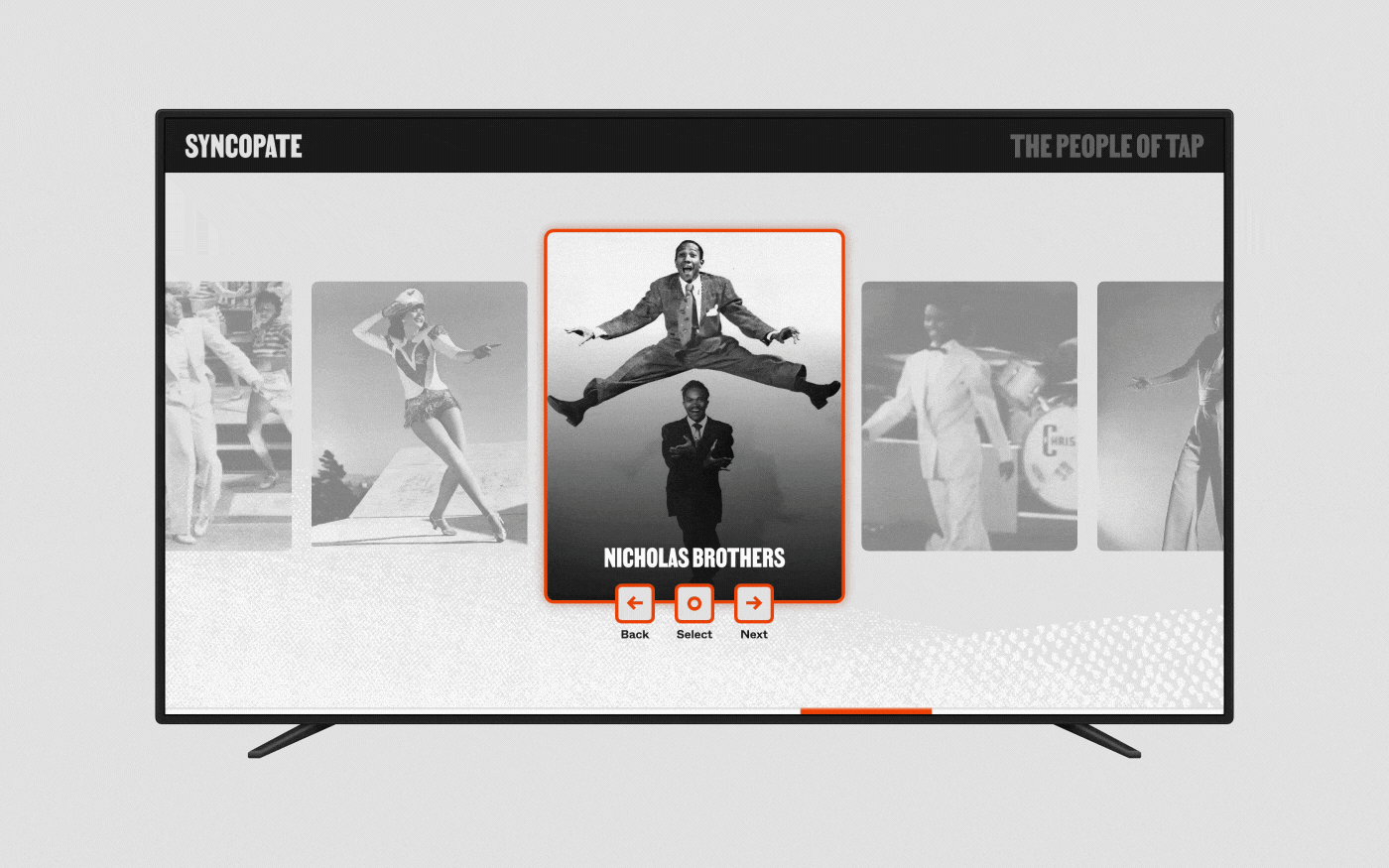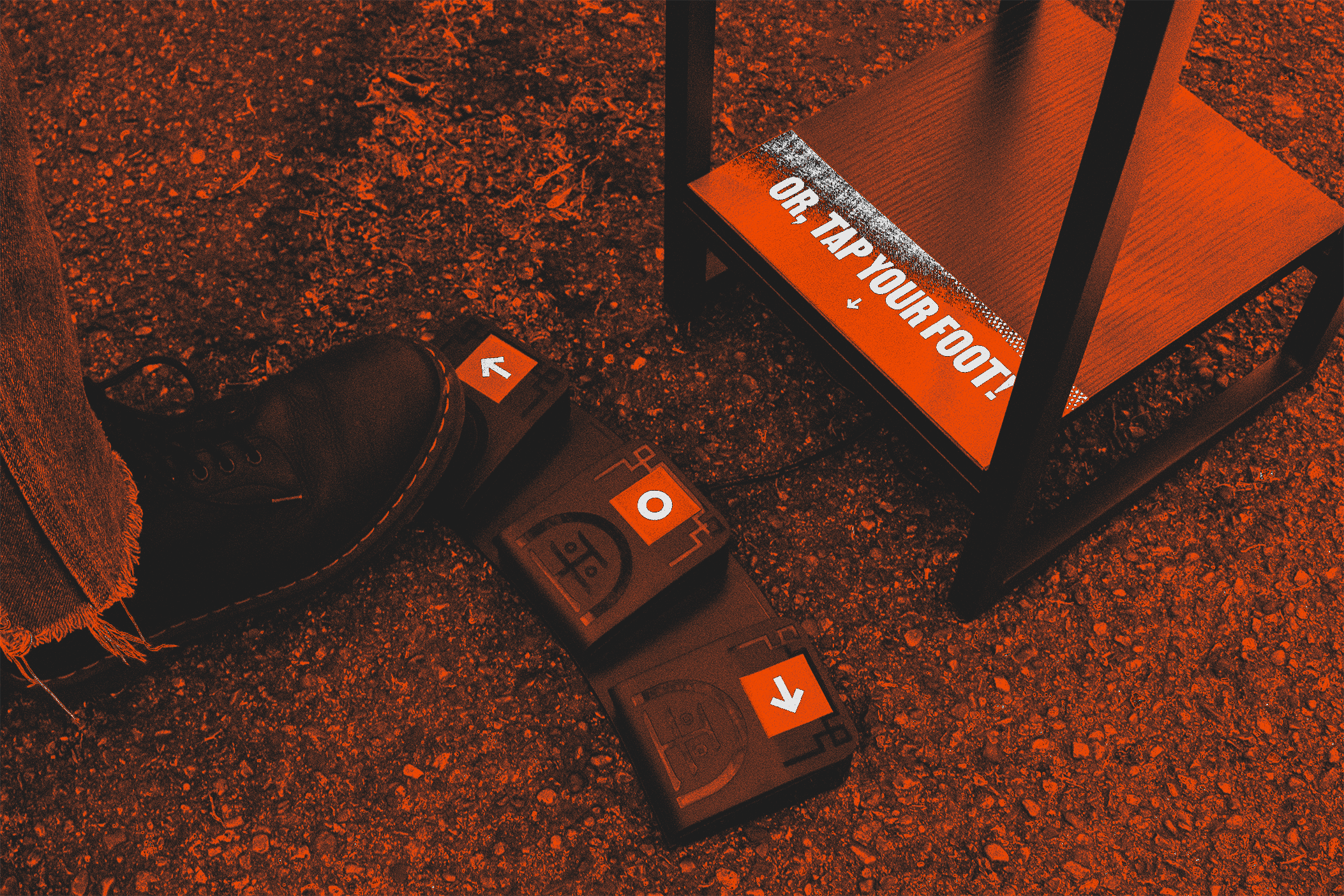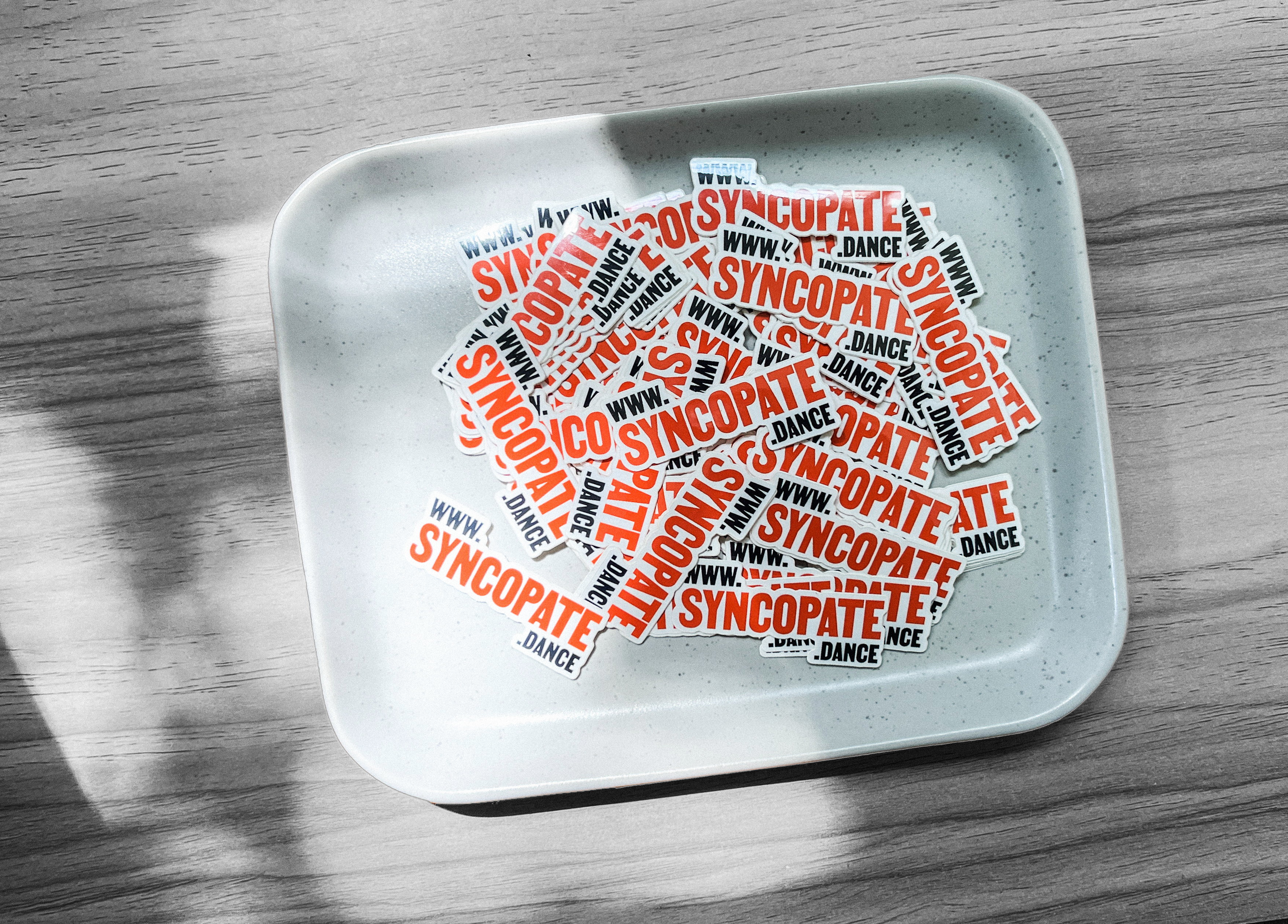Syncopate
2022–2023
Challenge
The leaders and patrons of modern arts institutions are often convinced that tap dancing is a dying, outdated genre, but it’s not. This mindset comes from a lack of outlets to connect with tap’s rich historical impact outside the dance community. There is an opportunity to better engage a non-dancer audience with this art form.
Outcome
Syncopate is a digital experience that overviews the history of tap dancing through the events and performers who shaped it. Comprised of two components, The Story of Tap and The People of Tap, my project encourages public engagement, understanding, and ongoing support of this art form’s preservation.
Syncopate is a digital experience that overviews the history of tap dancing through the events and performers who shaped it. Comprised of two components, The Story of Tap and The People of Tap, my project encourages public engagement, understanding, and ongoing support of this art form’s preservation.
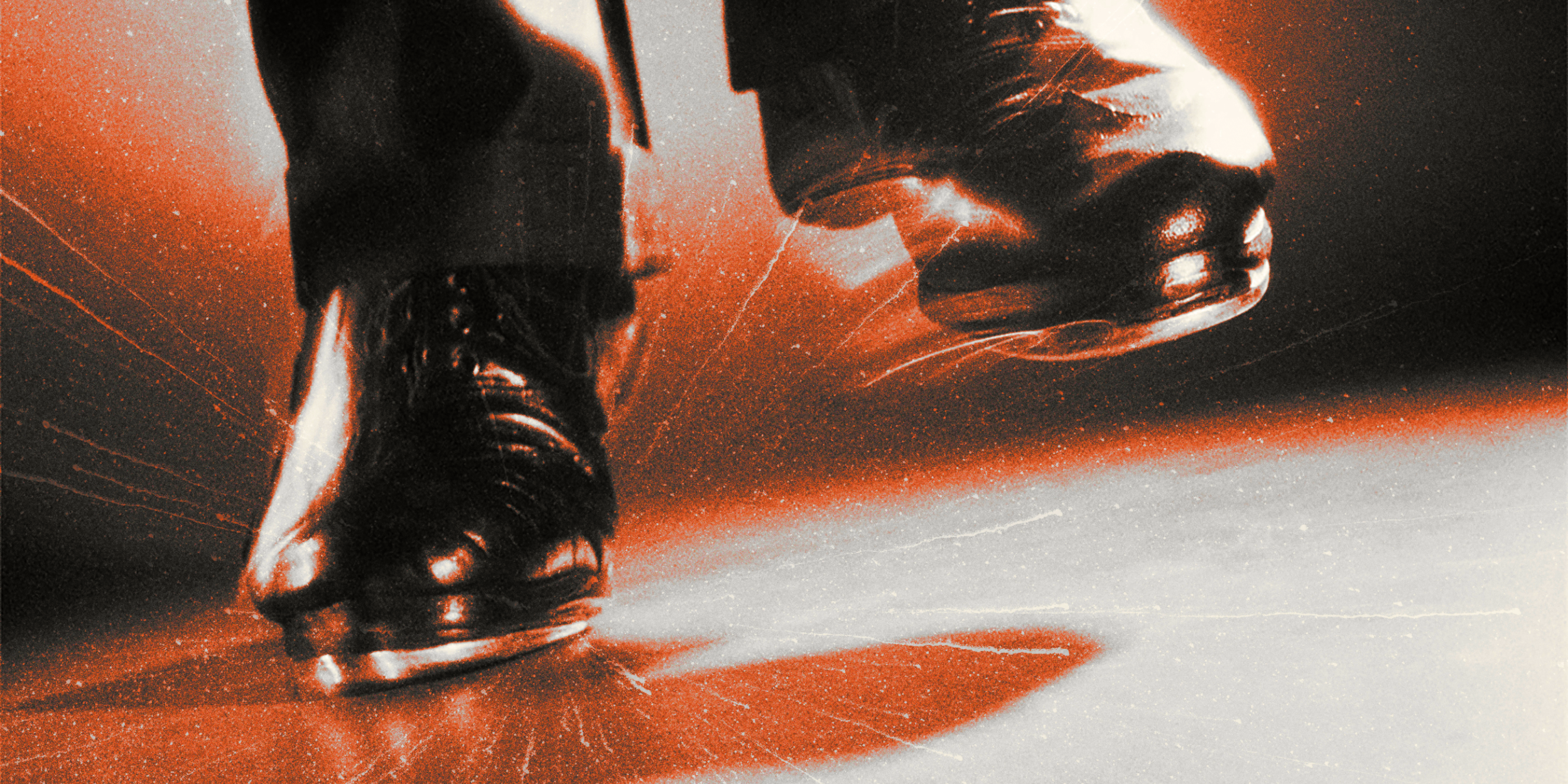


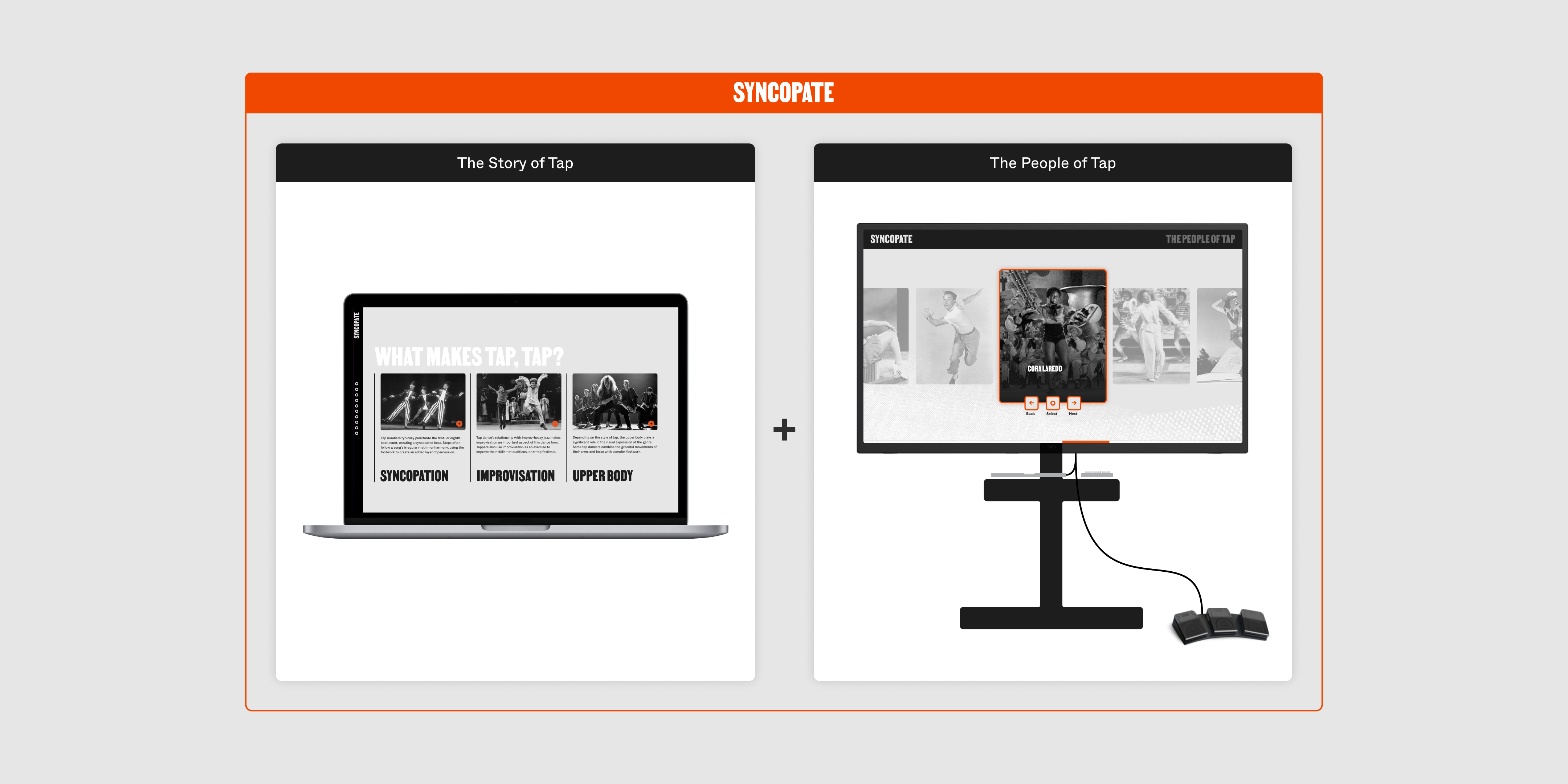
The Story of Tap is a single-scroll microsite that shows how tap dancing came to be.
With a timeline spanning 300 years, The Story of Tap guides readers through a ten-chapter narrative about tap dancing’s evolution. The site amplifies the legacy of dancers across history, contextualizing their collective impact and connections to broader themes.
This component of the project is a resource for those with limited exposure to tap history, built as an accessible entry point for communities where arts programming is scarce. Tap remained at the heart of every decision—from a typeface and palette inspired by its roots in social justice, to a kinetic design system mimicking its physical and musical attributes.
This component of the project is a resource for those with limited exposure to tap history, built as an accessible entry point for communities where arts programming is scarce. Tap remained at the heart of every decision—from a typeface and palette inspired by its roots in social justice, to a kinetic design system mimicking its physical and musical attributes.

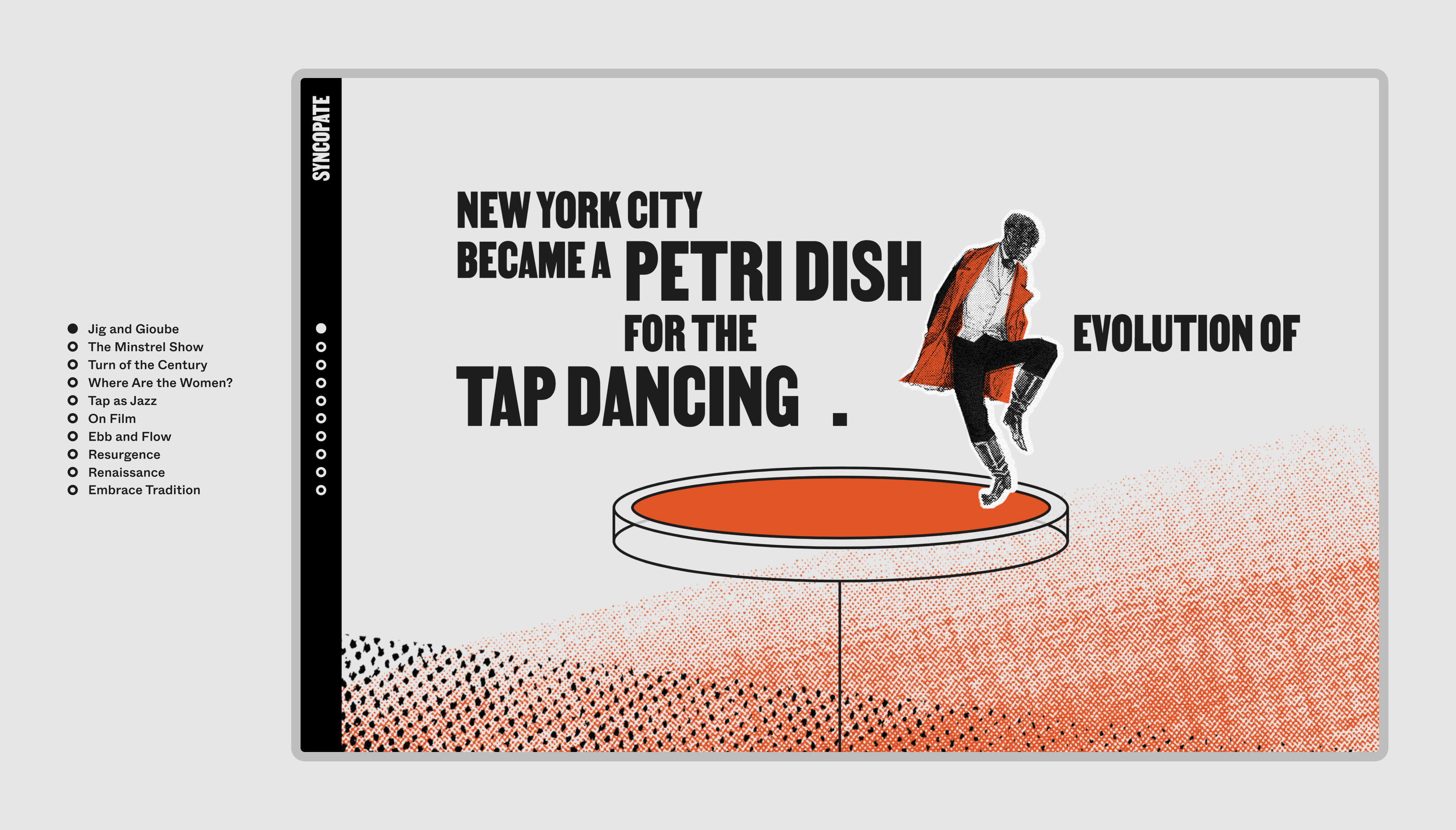
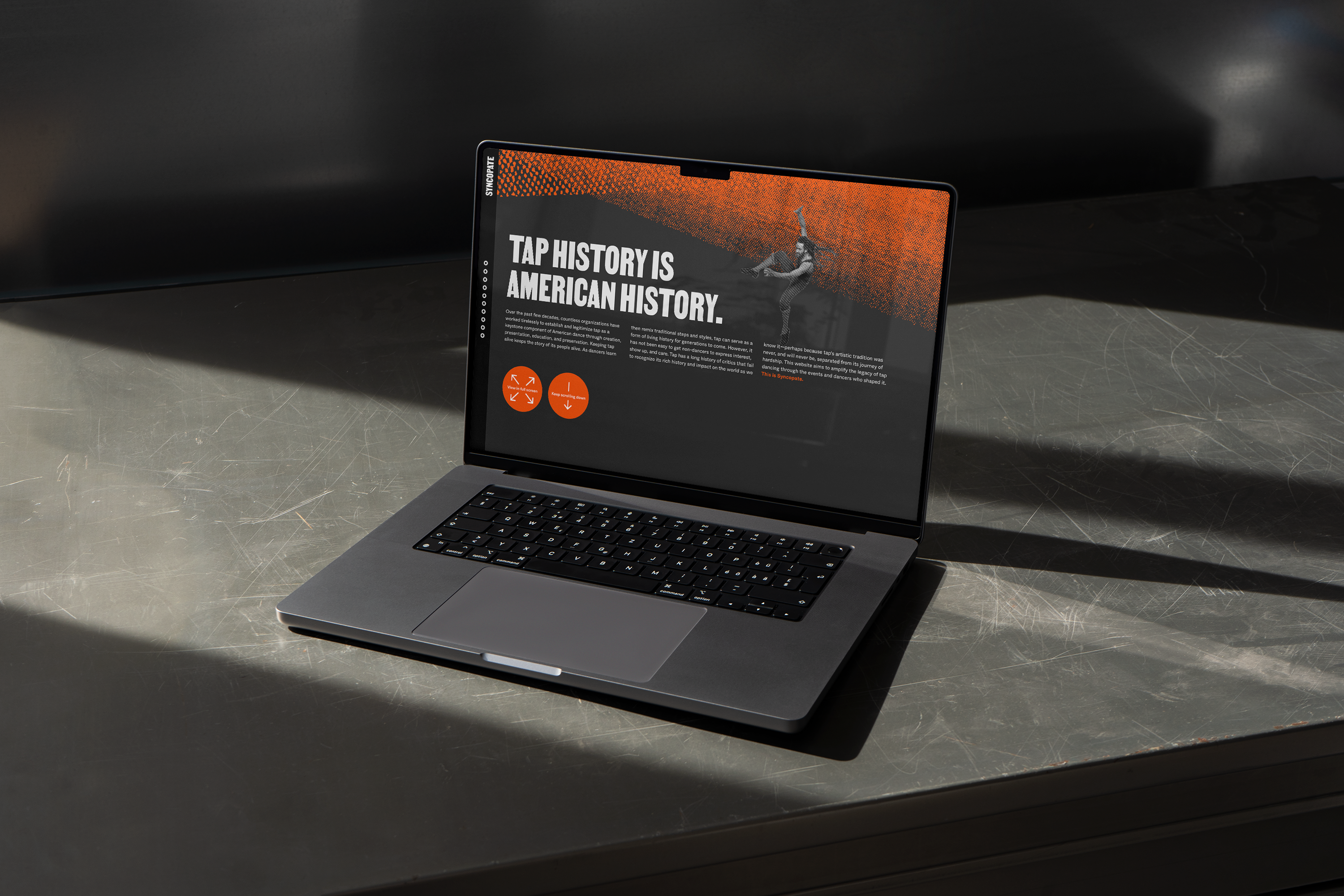



The People of Tap is an interactive directory that spotlights 36 dancers whose contributions have transformed tap as we know it.
To complement the microsite, I designed a directory that showcases tap dancers across history—not just household names popularized through Broadway and Hollywood, but also underrepresented figures whose careers have often gone forgotten by the American public.
In exhibition, this directory served as a second outlet for engagement with Syncopate. I linked my prototype to a set of foot pedals so visitors could tap through the profiles with their own shoes, bringing movement into the experience. I also programmed a keypad to share the same function, expanding access to people with limited mobility.
In exhibition, this directory served as a second outlet for engagement with Syncopate. I linked my prototype to a set of foot pedals so visitors could tap through the profiles with their own shoes, bringing movement into the experience. I also programmed a keypad to share the same function, expanding access to people with limited mobility.


